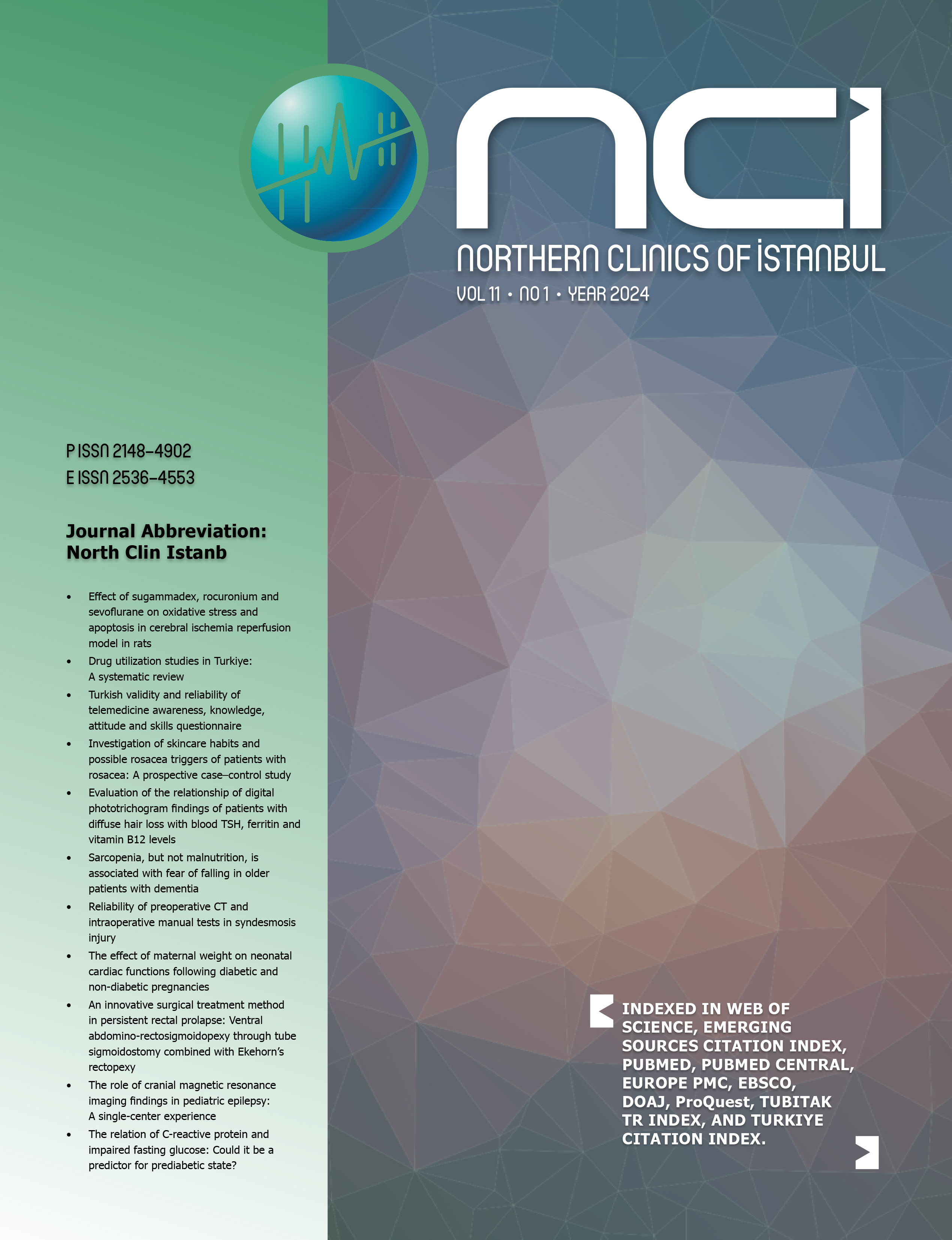Xanthogranulomatus inflammatory lesion mimicker of malignancy: A clinicopathological study from rural India
Mani Krishna, Seema DayalDepartment of Pathology, Uttar Pradesh University of Medical Sciences, Saifai, Etawah (U.P), IndiaOBJECTIVE: Xanthogranulomatus inflammation is an uncommon variant of chronic inflammation and a well-established pathological entity involving various organs and systems. It may be associated with infection and obstruction, defective lipid transport, immunological disturbances, and often confused as a malignant neoplasm. The confirmative diagnosis is made on histopathology.
METHODS: This is a retrospective study conducted from January 2008 to April 2020 on histopathologically diagnosed xanthogranulomatus lesions. All the relevant available data regarding age, sex, and organ involvement were collected from histopathology lab records. The macroscopic and microscopic evaluation of cases was also done. This study was aimed to determine the significance of histopathology in the diagnosis of xanthogranulomatus lesions, revealing pathological changes, and clinicopathological correlation.
RESULTS: In the current study, there were 93 cases of xanthogranulomatus inflammatory lesion. Gall bladder was frequently involved 70 (75.27%), followed by 5 (5.37%) kidney, gastrointestinal Tract 6 (3 [3.23%] cases in colon and 3 [3.23%] in appendix, respectively), and others. The maximum number of cases was in the age group of 3140 years with 24 (25.80%) cases. The female to male sex ratio was 2.3: 1.
CONCLUSION: Awareness and knowledge of xanthogranulomatus inflammatory lesion is significant to the pathologist and surgeon to prevent extensive surgery. This lesion often mimics as malignancy and confirmatory diagnosis is made on histopathology. Thus, every excised specimen must be examined histopathologically to diagnose and rule out differential. (NCI-2020-0312.R2)
Manuscript Language: English





















